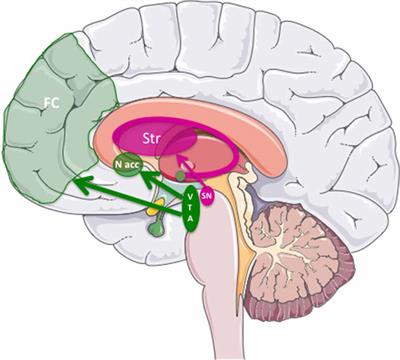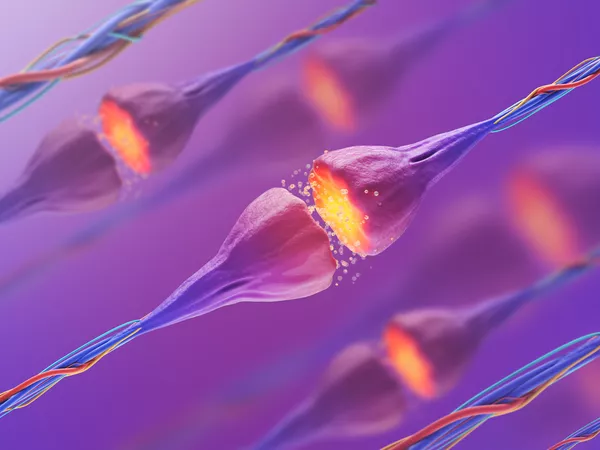EDITORIAL
Published on 11 Feb 2021
Editorial: Tropism, Mapping, Modeling, or Therapy Using Canine Adenovirus Type 2 (CAV-2) Vectors in the CNS
doi 10.3389/fnmol.2021.636476
- 2,357 views
- 2 citations
13k
Total downloads
86k
Total views and downloads
EDITORIAL
Published on 11 Feb 2021
BRIEF RESEARCH REPORT
Published on 03 Jul 2020
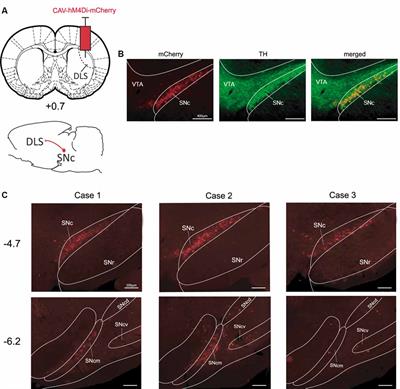
ORIGINAL RESEARCH
Published on 04 Jun 2020

BRIEF RESEARCH REPORT
Published on 15 May 2020
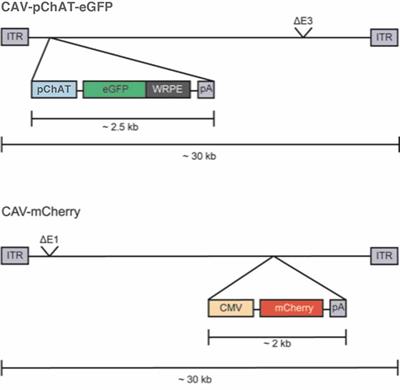
ORIGINAL RESEARCH
Published on 25 Mar 2020
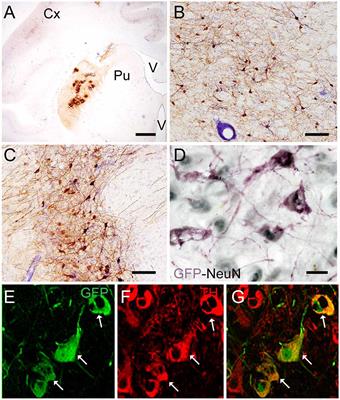
MINI REVIEW
Published on 27 Feb 2020

BRIEF RESEARCH REPORT
Published on 10 Dec 2019
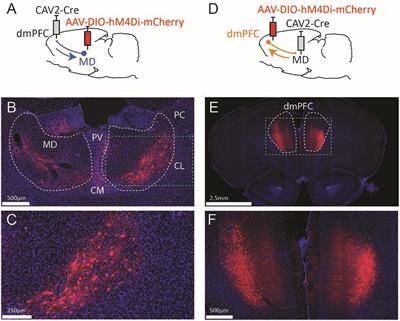
ORIGINAL RESEARCH
Published on 18 Sep 2019

REVIEW
Published on 29 Mar 2019
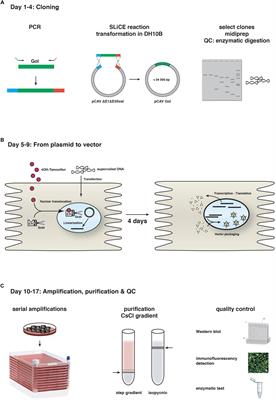
ORIGINAL RESEARCH
Published on 28 Feb 2019
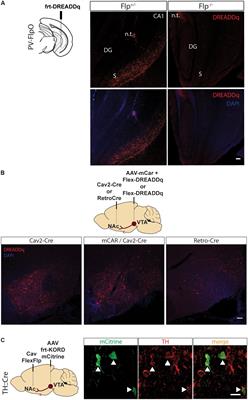
MINI REVIEW
Published on 11 Feb 2019
